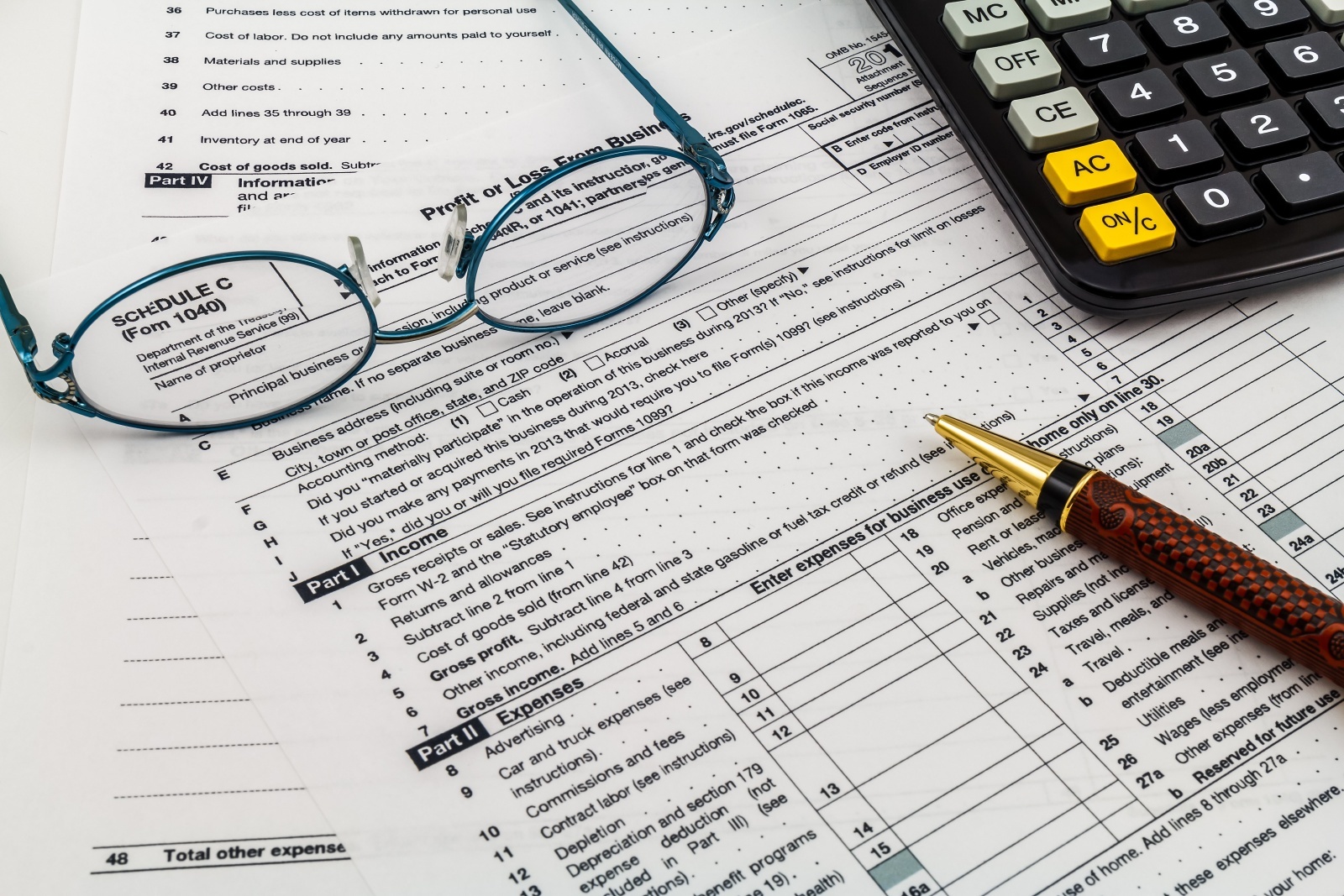
It’s time to ship out those W-2s and 1099s again. Yes, it feels like a waste of time and money, but pay attention: The IRS takes this very, very seriously.
Reprinted Courtesy Chas Rampenthal, Esq.
It’s a January ritual as inevitable as the collapse of New Year’s resolutions: The mailing of W-2s and 1099s. While your employees may regard their arrival as almost a natural phenomenon, like January frost, you know better. Someone has to be responsible for filling out those tallies of the previous years’ wages and contract income and getting them into the hands of the workforce. And, as with everything else concerning your business, that responsible party is you.
There is a reason you need to pay attention to this duty now: Deadlines are fast approaching. For any worker whom you paid more than $600 in 2011, you must do two things: (1) make sure the employee or contractor receives the proper form before the end of the month; and (2) make sure that you file this information with the IRS.
How to make the deadline
The due date is generally January 31. You meet the IRS requirement if you’ve properly addressed the appropriate form (W-2s to employees and—usually—1099-MISCs to contractors) and mailed it on or before that deadline. Even if all your workers are members of your family, you still to provide them with these tax documents.
If you just can’t make the January 31st deadline, don’t fret—as long as you have a good reason. Just send a letter to the IRS before January 31 with details about your company, the employee and the reason for the delay, and ask for an extension. For more information, like the mailing address and the specific information you have to include in your request for extension, go to www.IRS.gov. If you can’t find the employee or contractor for some reason, you still have to keep copies of the undelivered tax documents for four years.
The downside for failing to issue a correct Form W-2 or 1099 in time is no joke: Penalties range from $30 to $100 per document. That can add up fast, and it doesn’t stop adding up until it reaches the small business penalty cap of $500,000. Worse: if the IRS determines that your failure to file is the result of intentional disregard of its requirements, the penalty is at least $250 per payee statement with no maximum. If you willfully file a fraudulent claim that you made payments to a person when you didn’t, that person can also sue you for damages of $5,000 or more.
Why you can’t file and forget
Remember that your obligation does not end once the forms are winging their way to your workers. You also have to get the data to the IRS. Generally, you have until February 28 (yes – even in a leap year!) to loop the tax agency in.
If you are not sure whether a person working for you is a contractor or an employee, you need to do some research to get the right answer. It’s a complicated issue, but if you control only the result of a person’s work and not how he or she does it (and you’ve never hired someone else as an employee to do the same job), you should probably file a 1099. (You can read what the IRS has to say about it here and here.) Remember that you can’t designate any worker, including yourself, as an employee or contractor solely by issuing them a W-2 or 1099-MISC. The worker’s classification is something that you have to get right – there are tough penalties for improperly treating employees as contractors.
If you are scrambling right now to gather all this information and get it to your workers and the IRS, be sure to take some time to think about how to avoid the same last-minute rush next year. Filing paperwork for the IRS is nobody’s core business (except accountants and payroll firms), and you don’t have to get very big before DIY wage accounting isn’t worth the headache—or the risk. You should spend your Januarys keeping your customers happy. Let someone else do that for the IRS.
BOSTON +1.617.938.3928
NEW YORK +1.212.500.1316
LOS ANGELES +1.310.209.8236
TOLL FREE +1.866.677.NDVR (6387)



